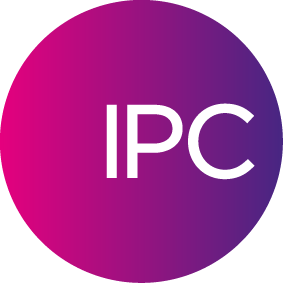by Vangelis Tsianaxis, Head of Consulting, IPC
Last week Robert Powell discussed the issue of quality of voice communications in light of a recent case of alleged front running involving a Tier 1 bank.
In observing the case, several key takeaways arise in relation to several regulations such as MiFID II:
What is “fit for purpose” quality for trading-related records of communications?
What would be a good quality recording in the case at hand?
Is it just a recording that is clear and easy to listen to?
Are there any other measures of “quality” that should guide our decisions?
The technical response described by regulatory bodies such as ESMA is that a call record is required to be complete, quality, and accurate. But what does this mean operationally?
There should be no mystery to that description in terms of practical implementation when this record is seen as a set of data and metadata that relate to the trade lifecycle. My experience is that many people view voice communications, in particular, as a black box that cannot be used as part of the process of control and oversight of the trading lifecycle. Voice communications are seen as complex, and expensive to manage. Some even hold the view that automation could eliminate such communications relating to trading. Thus, they remain a data silo.
This way of thinking simply ignores the reality of the rapid technology developments that are turning voice records into manageable data assets, such as transcription or tools that allow optimal interrogation of the communication records based on their metadata. It also ignores the market reality for providing clients flexibility in accessing services, as well as greater collaboration in the marketplace through competitive services. These realities can be faced through greater and more flexible modes of communication between the market participants, rather than just automation.
Most financial services organizations have been investing significantly in governing their data assets in the last few years and should have clear definitions of data quality. Data quality standards and measurements should reflect the business purpose for which these assets are used, as well as the regulatory requirements or anticipated regulatory requirements. For example, in the case of MiFID II, there has been a tremendous effort to improve control over the trading activities and provide pre- and post-trade controls as well as best execution transparency. Market-driven unique identifiers have been a key priority to connect the trading activities across multiple systems and different participants involved in the trade. Surprisingly, communications data has not become a serious part of this equation—at least not yet.
In my opinion, cases like this current one receiving media attention are a reminder for a much-needed shift in the way communication records are captured, maintained, managed, and utilised. It is evident we all need to think a lot further than capture and basic stand-alone surveillance of communications.
So on this basis, how should we respond to the question: What is a good quality recording?
I think the answer to that is: a recording that provides fit-for-purpose data to enable you to sustainably improve control and oversight of the trade lifecycle. As we get more data from changing business activities, and when this data is required to be retained for a minimum of 7 years in some cases, unpleasant surprises may be in store if we do not have a handle on what the content and quality of that data. Also, not being able to use this data flexibly may give a competitive advantage to those market players who can.
What should we be considering now? How can you ensure you have fit-for-purpose data that is complete, accurate, and timely? A few points to consider as you attempt to answer these questions:
- Consider the entire trade lifecycle – communication data is generated all across it.
- Consider all participants in the trade lifecycle and how they each use the communication channels available to them to carry out trade-related activities.
- Define the risks of these communications against your risk and compliance frameworks.
- Define specific controls and oversight activities based on the business activities.
- Define and monitor the communications data quality against the need to manage risk and enable other critical business activities.
- Integrate the governance of the quality of these records into your existing data governance framework and capabilities. Do not reinvent the wheel.
- Define measurements of quality for your communication records.
- Take action to maintain quality at the standards required.
- Include communication data quality drivers in your decision making for technology solutions that enable communication, capture, and monitoring of that data.
In other words, integrate communication into your existing data management frameworks and capabilities, using your existing knowledge and experience.
Your communication records are data that must be part of your ability to understand and manage your business activities.

